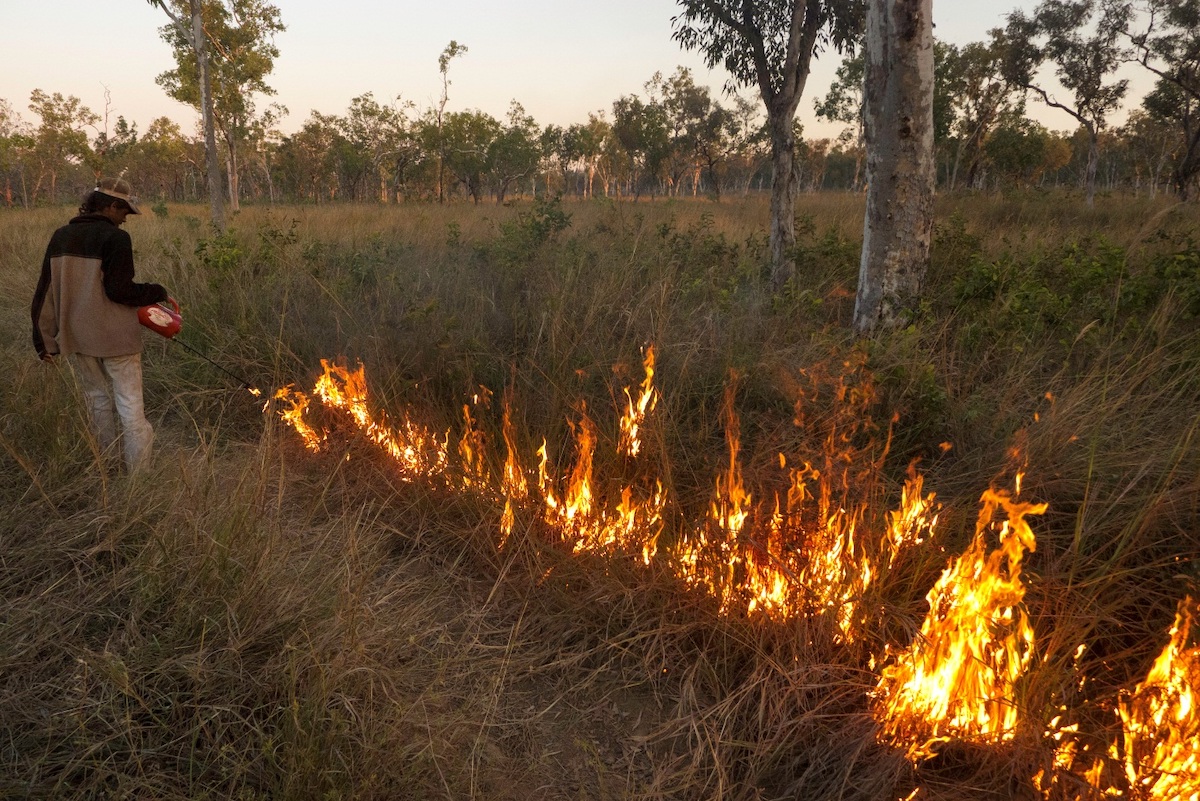What does your business do, and who are your customers?
Natural Carbon supports Indigenous and local communities in Australia and globally to undertake nature-based projects on their lands to reduce carbon emissions and restore nature; and most importantly to be fairly compensated for their efforts and in full control of their lands, projects and credits in the process. We also act as sales agent for high quality carbon credits for values-aligned buyers who are committed to decarbonisation.
What’s your mission?
To deliver a global response to the dual challenges of climate change and the loss of nature: by leveraging the skills and resources of Indigenous and local communities and to ensure they are equitably compensated for the hard work they do.
Our motto is ‘Fair carbon for people and planet’. The carbon assets (credits) produced by Indigenous and local communities are theirs, and they should be empowered to be in control of the creation and eventual fate of those assets.
What does it mean to you, to be a ‘social enterprise’?
To deliver superior social and financial performance where the commercial returns cannot occur in the absence of the improved social conditions – and ruthlessly maintaining that business balance over time. ‘Fair carbon for people and planet’ drives our decisions every day, while sustaining a viable business model.
Can you scale a mission? Are there challenges around growing your business, while also staying committed to your impact thesis?
As the world seeks to decarbonise, the demand for quality carbon reductions achieved through nature-based solutions is set to rise – carbon credit transactions topped $550M USD in 2021 as more than 121.5 mtCO2e (tons) were exchanged, 288% above 2020 levels. And the most recent Intergovernmental Panel on Climate Change (IPCC) report made it very clear that nature-based solutions need to leverage the knowledge and lands of Indigenous/First Nations peoples if we are to achieve our global goals. It’s in that context that we believe Natural Carbon’s vision and mission will scale.
How have you seen investor sentiment change over the past 5 years, when it comes to recognising the value (or cost) of being mission-led?
We have seen an appreciable uplift in investor interest in all asset classes which can demonstrate robust improvements across social and environmental factors. We leverage interest in both of these by combining improved livelihoods of local communities as well as robust projects to sequester atmospheric carbon dioxide.
We have recently tested this value proposition with a large US based investor and transacted a high-volume, multi-year carbon credit sales agreement on the basis of the mix of robust social and environmental outcomes.
Was there a business (either local or globally) that influenced the development of your organisation?
We have certainly been inspired by the decades long work of Fairtrade globally to reset the balance in the global commodities markets. Also by the work of our shareholder Save the Children Australia, and their global network, in implementing strengths-based community led projects. And we are inspired every day by our clients, such as the Olkola Aboriginal Corporation on Cape York Peninsular. Their commitment to preserving and restoring their country, while also contributing to global carbon goals, is what makes us get out of bed each day!
What’s in store for your business in 2022? We’re excited to be scaling our approach on a number of global projects with Save the Children: supporting communities in Papua New Guinea, the Solomon Islands, Nepal and Pakistan to implement community-led projects to enable them to participate in the carbon market on their own terms.
We’re also experimenting with distributed ledger technology and tokenisation of credits to innovate the types of credits that can be created and what markets that might open up for local communities to participate in. I’m sure there’ll be some new hires on the way very soon as we scale up!

